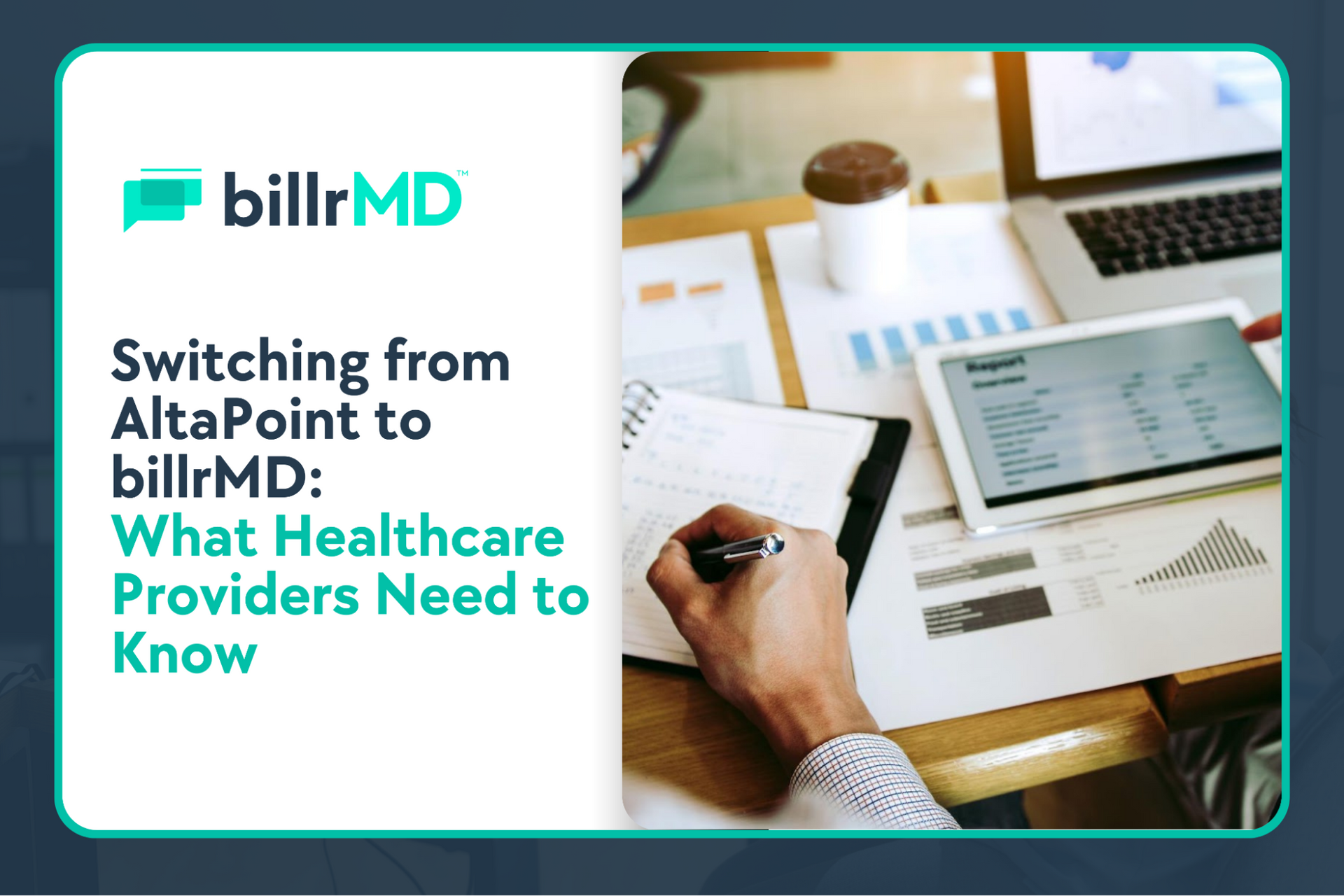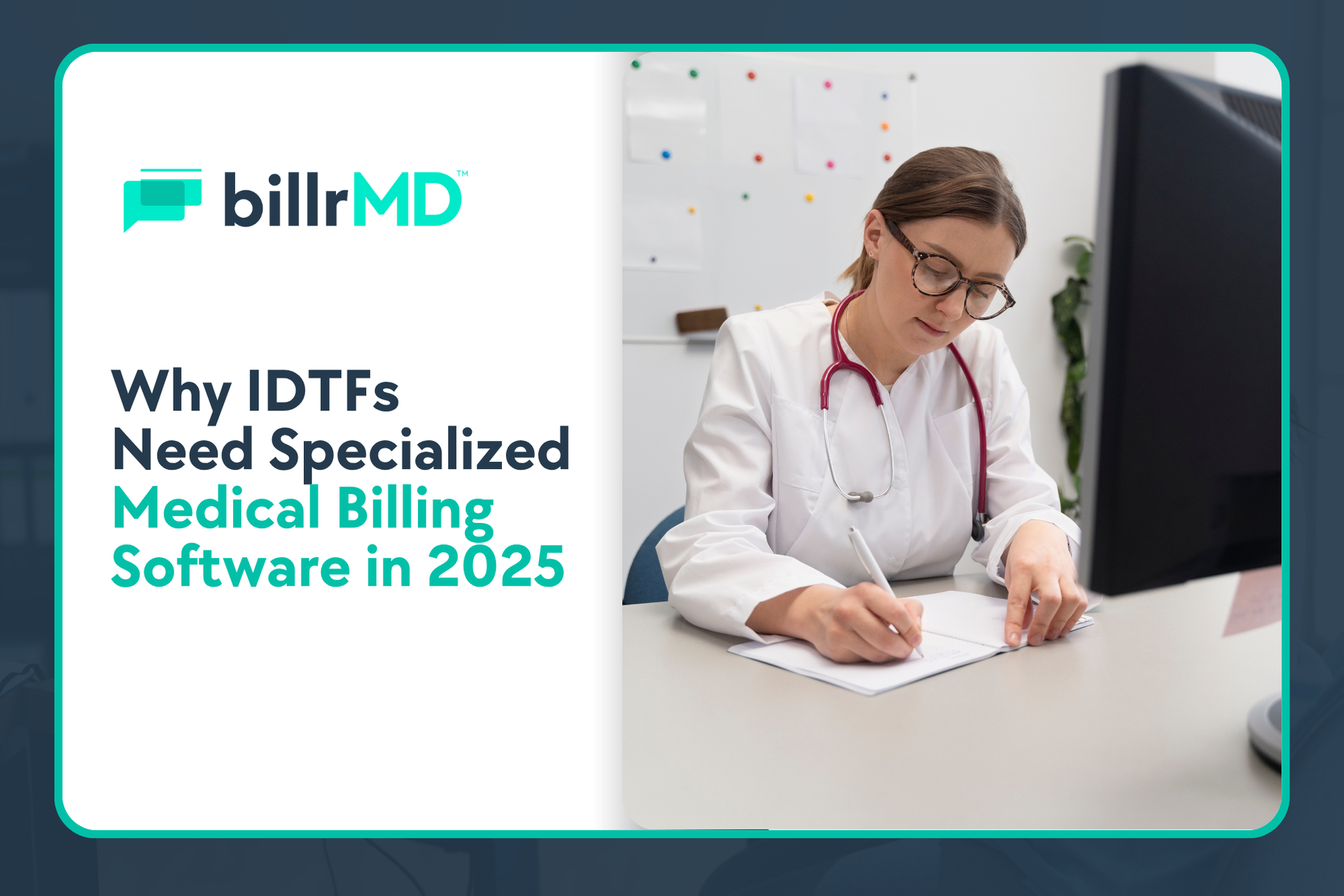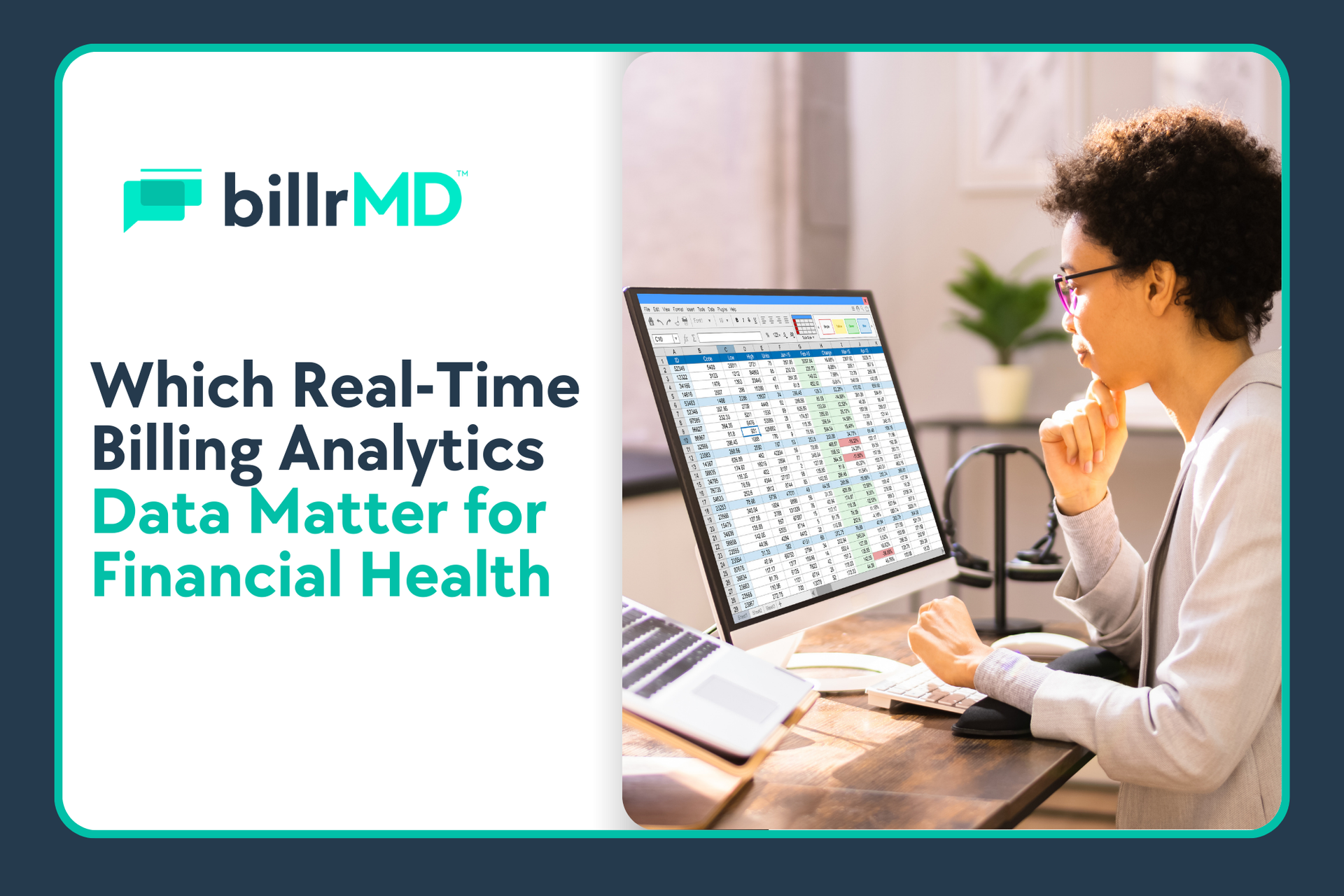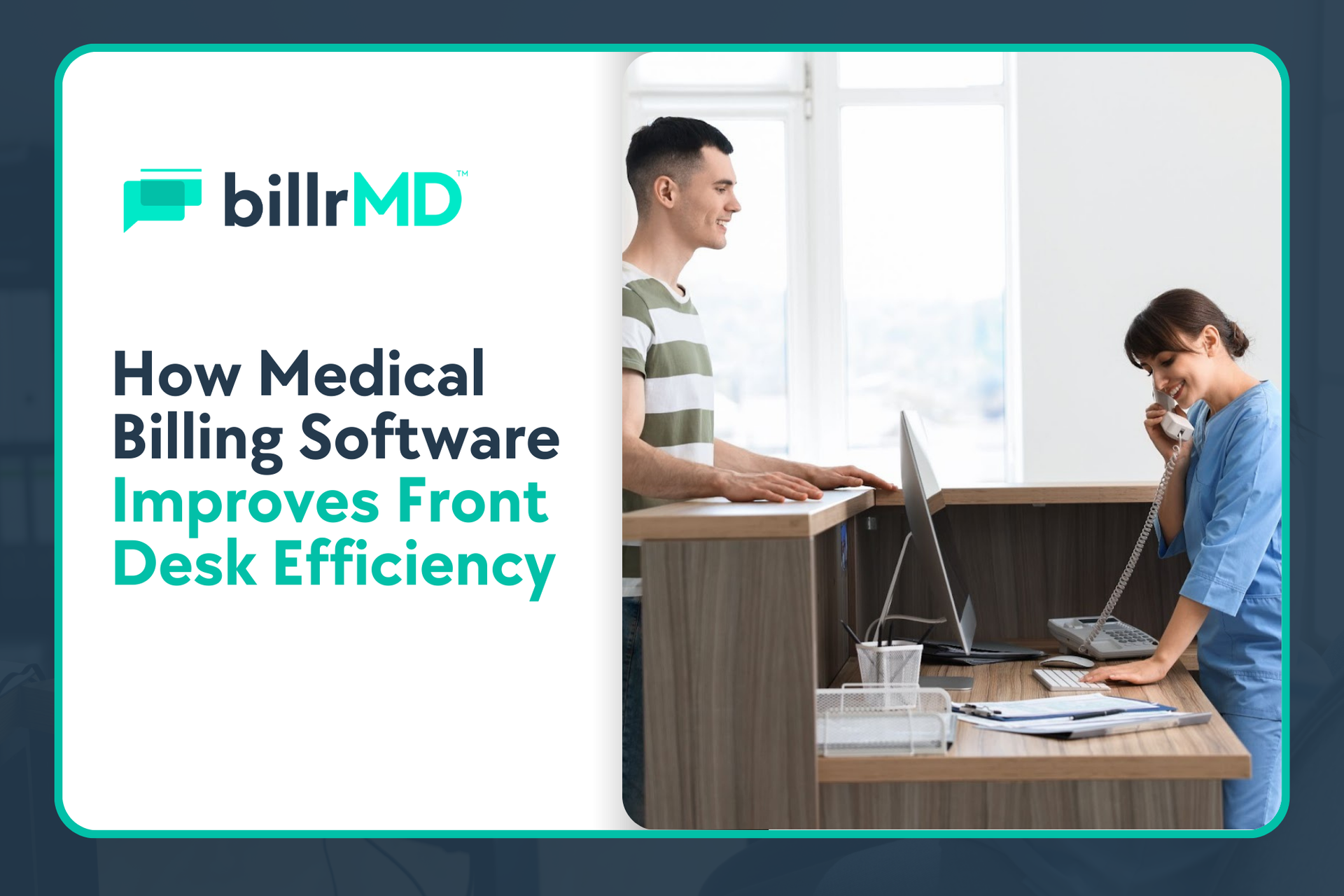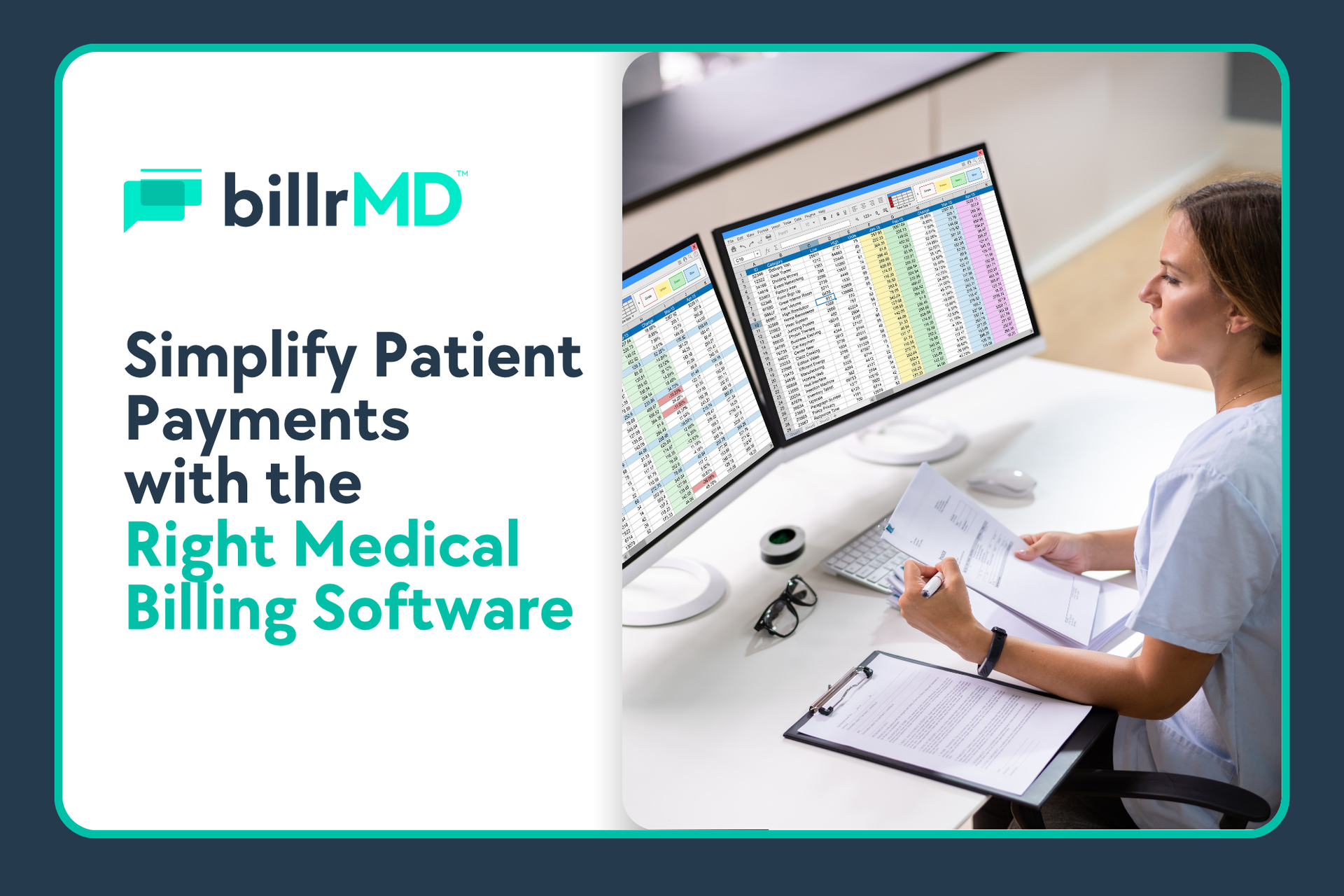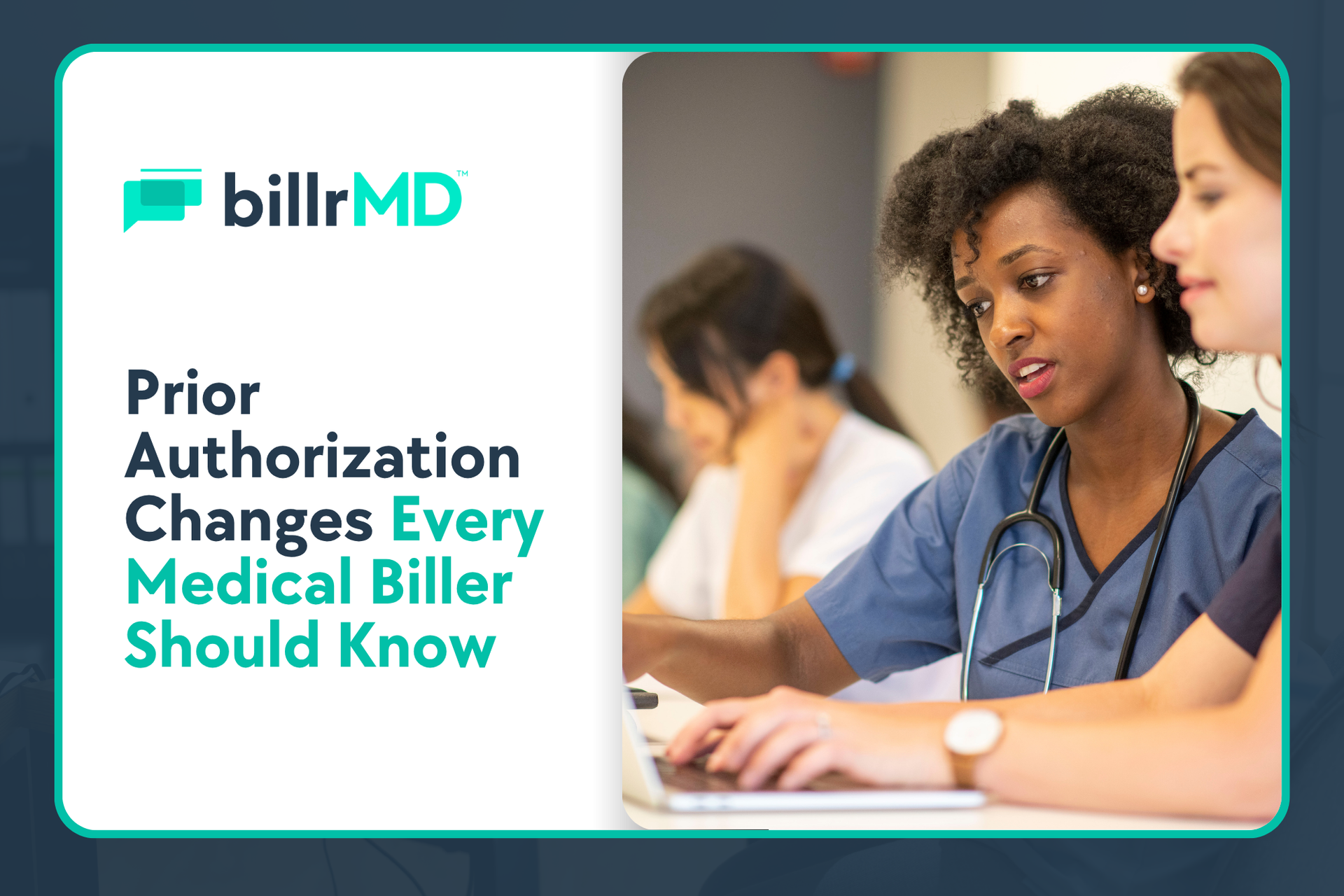Stuck in the Past: The Pitfalls of Manual Medical Billing
Manual billing processes may have worked just fine 10 years ago, but today, they’re a liability. They cause
issues and challenges that bog down healthcare practices of all sizes. Here are a few:
Costly Mistakes
According to Experian Health's
2024 State of Claims report, the top reasons for claim denials are:
- Missing or inaccurate claims data (46%)
- Authorization issues (36%)
- Incorrect or incomplete patient information (30%)
Unsurprisingly, these all indicate human error, especially during manual processes. Even a small mistake in coding, patient data, or insurance verification can result in delayed payments or even claim rejections.
Disrupted Revenue Flow
Because traditional medical billing workflows are error-prone, they can cause long claim adjudication cycles. As a result, practices like yours would have to wait an average of 30 to 90 days to receive payments from payers.
In some cases, delays stretch even longer and ultimately impact your practice's ability to maintain a healthy cash flow.
High Administrative Burden
According to a study on
medical billing and insurance-related expenses, administrative costs represent up to 31% of the total healthcare expenditures in the United States. At least 62% of these costs are attributed to billing and insurance-related activities. That’s a massive operational expense for something that could be automated.
No Real-Time Insights
Traditional billing systems don’t offer comprehensive dashboards and insightful reports that an
automated medical billing software like billrMD does. This makes it hard to identify trends or proactively address issues like recurring denials or low collections.
Increased Burnout
Administrative inefficiencies can also lead to staff frustration and burnout. When your team is bogged down with manual tasks, it’s only a matter of time before your practice experiences the negative consequences of burnout:
- Decreased job satisfaction
- Increased absenteeism
- Increased staff turnover
- Reduced quality of care
How Automation and Analytics Are Transforming Medical Billing
So, how exactly is this new technology reshaping healthcare billing? How can you use automation and analytics to improve your RCM, and what does it look like in action?
Here are a few ways trusted billing platforms like
billrMD use revenue cycle automation to smoothen processes, minimize errors, and boost financial outcomes:
Minimize manual errors and accelerate reimbursements by automating your claims processing using a robust billing and practice management software system.
From automated data entry and real-time scrubbing to electronic submission and detailed tracking, solutions like billrMD can monitor and simplify every stage of your complex claims workflow.
2. Real-Time Eligibility & Benefit Checks
Going the traditional route to check a patient’s eligibility can take some time (and patience). It can require signing into several portals, making multiple phone calls, and waiting on slow system responses. Advanced healthcare billing solutions can simplify this process by instantly verifying coverage details.
billrMD’s real-time verification feature, for example, minimizes surprises and prevents claim denials due to eligibility issues. By automating eligibility checks, your front-desk staff can spend less time on hold with payers and more time assisting patients directly.
3. Comprehensive Reports & Analytics
Gain complete visibility into your practice’s financial performance with real-time, customizable reports. billrMD leverages comprehensive
reporting and data analytics so you can keep a close eye on claims, payments, denials, and staff productivity.
This functionality helps you identify trends, forecast practice revenue, and make data-driven decisions to optimize cash flow and improve operational workflows.
4. Personalized Patient Billing Communications
Patient billing and invoicing may seem minor, but they play a critical role in maintaining a healthy cash flow in your organization. A clear and straightforward statement reduces confusion and inconvenience, often resulting in faster and more accurate payments.
billrMD automates invoicing with personalized delivery—email, text, or print—based on patient preference. The system automatically generates statements, sends them out on schedule, and offers patients easy payment options. This decreases your admin team’s workload while increasing collection speed and patient satisfaction.
5. Streamlined Authorization & Referral Tracking
Manually navigating prior authorizations and specialist referrals can be a frustrating and risky venture—especially when any breakdown in the process can easily cause claim denial.
billrMD’s authorization and referral solution automates and optimizes these workflows by integrating them directly into your practice management system. Your team can initiate, track, and update authorizations in real time and on one comprehensive screen. It also has built-in alerts for expirations or pending approvals.
The system automatically links referrals to the correct appointments and billing codes. This visibility saves time and ensures patients get the care they need without administrative roadblocks.
The Practice Management Software That Cuts Through the Chaos
Let’s face it: Healthcare isn’t slowing down, so neither should your medical billing process! Every single claim counts, and relying on manual systems simply won’t cut it anymore.
Cut through the complexity of modern billing workflows and upgrade to a practice management solution that leverages advanced automation and data analytics.
Tried-and-tested platforms like
billrMD deliver the best medical billing solutions in 2025, giving you a glimpse into what’s possible when innovative technology meets intelligent automation. With tools that help predict trends, prevent errors, and optimize processes, you can reduce administrative bottlenecks, boost accuracy, and accelerate reimbursements.
Move away from billing inefficiencies and step into the future of revenue cycle management.





